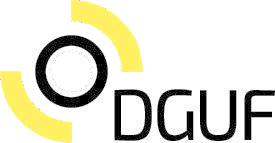Archäologie zwischen Wissenschaft und Wirtschaftlichkeit – Kalkulation und Produktivität wissenschaftlicher archäologischer Arbeit auf sogenannten Rettungsgrabungen
(Arbeitspapiere CIfA Deutschland 4)
Identifiers (Article)
Abstract
In this paper a way of calculating an archaeological excavation is proposed. The terms personnel costs, project overheads and project risk, entrepreneur salary and general business costs, risk and profit are discussed. In connection with different pricing structures, it is shown that productivity is not measured by the increase in money through hourly accounting, but by the ratio of the scientific knowledge gained to the selected examination method. At the same time, the calculations show that the common way in which archaeological projects are normally put out to tender on the basis of hourly rates at the suggestion of the heritage conservation authorities is the worst possible approach for all parties involved in the process - the archaeological contractors, the archaeological workers, the investors as well as for „archaeology“ and the scientific gain in knowledge. If archaeological projects were actually put out to tender as projects, this would be far more advantageous for all parties involved, both in terms of the matter at hand and economically. The widespread and alarmingly low wage levels, especially for non-scientific staff in private-sector archaeology, are the direct result of a misguided tendering practice induced by many monument authorities.
Statistics








